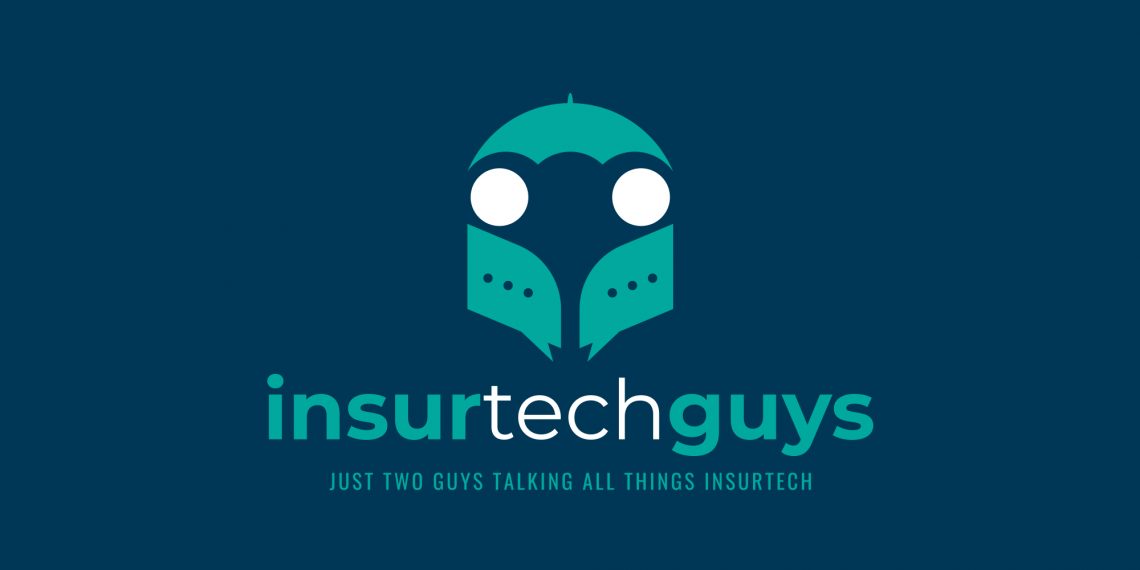
Introduction
The insurance industry is going through a period of soul searching in re-evaluating it’s identity. There is a great imperative to innovate and embrace new technologies enabling the delivery of better products to customers. The industry has begun to experiment with new technology including cloud computing, advanced analytics and machine learning, however the majority of transactions still happen the old fashioned way. As much as the industry needs to and must innovate there are inherent obstacles to this.
In this article I have highlighted three of the likely culprits:
- Valuation and investment
- Culture of control
- and legacy technology
Valuation and investment
The first obstacle is the way the traditional insurance businesses are valued compared to startups or tech stocks. Traditional insurance businesses are usually valued with measures such as discounted cash flow, this considers the past performance of the business to analyse potential growth and therefore its valuation. Tech businesses are usually valued on forecasts and this can be derived from the size of the market opportunity, competition, operating costs, capital requirements and understand the point at which the business will become stable.
Traditional insurance businesses are valued with a range of between 9 to 15 times EBITDA. At the upper end of this scale for example Stackhouse Poland was reportedly sold A J Gallaghers for 12 times EBITDA or 5 times revenue. Technology businesses are valued as a multiple of revenue, as these companies are often not profitable and so more traditional measures will be useless. Lemonade for example was reportedly valued at $2bn at the start of the year with a gross written premium of $48m, as a measurement of valuation this is approximately 20 times revenue. An example of a multiple of revenue valuation for a traditional business is the recent sale of ED Broking to BGC, which was reported at 1 times revenue.
The missing component to higher valuations for insurance businesses is the potential of growth. How does traditional insurance business find the capital or cash flow to reinvest to find new exciting growth opportunities? Unfortunately these companies are bound by earnings and share price so cannot afford for this to dip, which leads onto the next point.
Culture of control
The next item is the culture of control and ownership of clients and business processes. The insurance industry is dominated by the want of its employees to own clients and the revenue they produce. The attitude is often that is my client and not that of the business I work for. This culture is deeply embedded and is handed down from generation to generation. But it is little surprise when you understand the need for insurance businesses to maintain and improve earnings based on share price or valuation and how employees are incentivised.
Management will mainly look to achieve quarterly and annual budget, often at the cost of following the year or even further in the future. As a consequence of employees wanting to sit on key client and producer relationships the industry has been fairly ineffective at cross selling in fear of giving up ownership. Distribution is usually siloed with clients using different brokers to buy different products, but the insurers are often the same.
Legacy technology
The last observation is that the insurance industry has an inability and lack of desire to move away from legacy technology. These tech stacks are normally custom build, expensive to maintain and hard to change. The cost to maintain is high but not higher than replacing the whole system. There is also a risk to the decision maker to migrate to a cloud based system, as this might only be a cost and not a route to new revenue streams. In a world of fast moving consumer grade technology, working with legacy systems will have many limitations, not least because iterating is hard to impossible. Therefore launching new products in new ways and old products in new ways can be costly and risky. Failure of these product launches can create sysnics to any potential future benefit of transformation.
Conclusion
The insurance industry is at a crossroads and needs to innovate or be left behind. There is a real opportunity to embrace innovation and begin to deliver better products and processes. This has to happen but there is a considerable cost in investment in transforming these businesses. The insurance industry has to find a way to convince shareholders and investors that transformation is a must and has to be factored into valuations.
However there are other ways! We are beginning to see is a growth of tech centred startup MGA’s and brokers aka insurtech. These businesses have the opportunity through being valued as a tech start up with the promise to invest in making more customer centric products. With this in mind there is an immediate opportunity for incumbents to find strategic partnerships to build new products and make more out of their data for client acquisition and risk profiling insight. The future is uncertain but there is great promise to learn adapt and find new strategic partnerships.
Sources:

